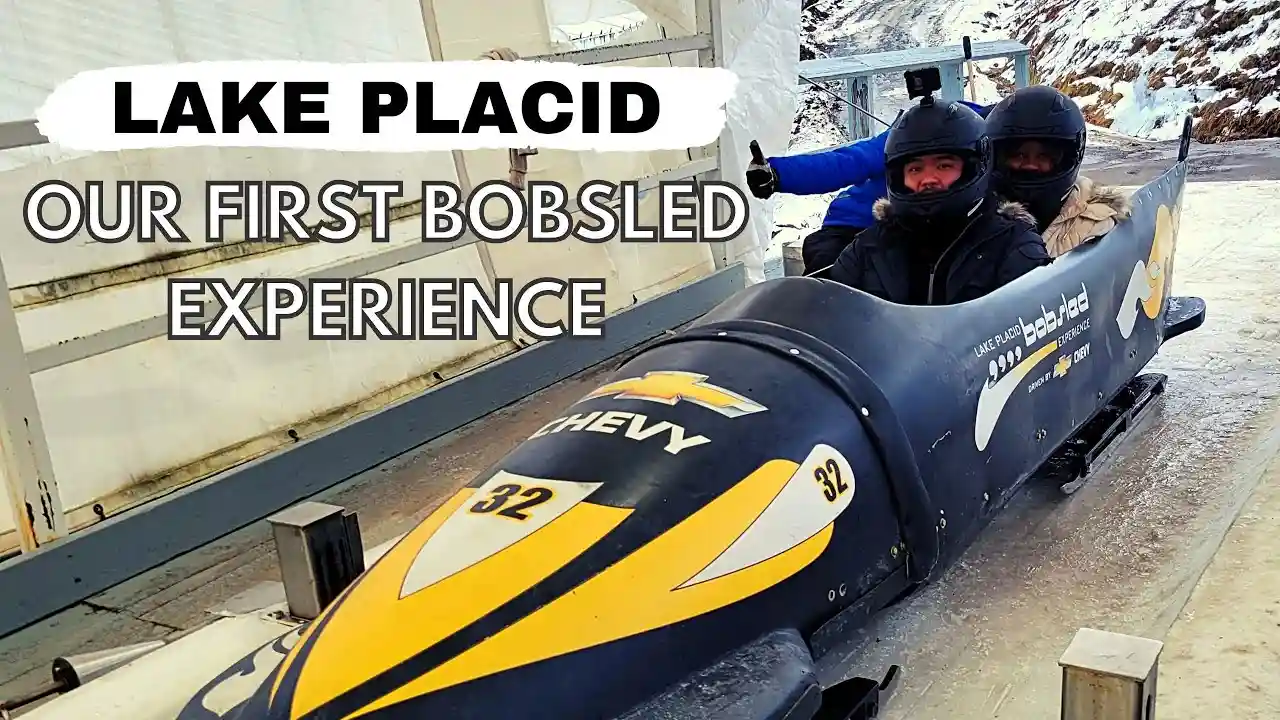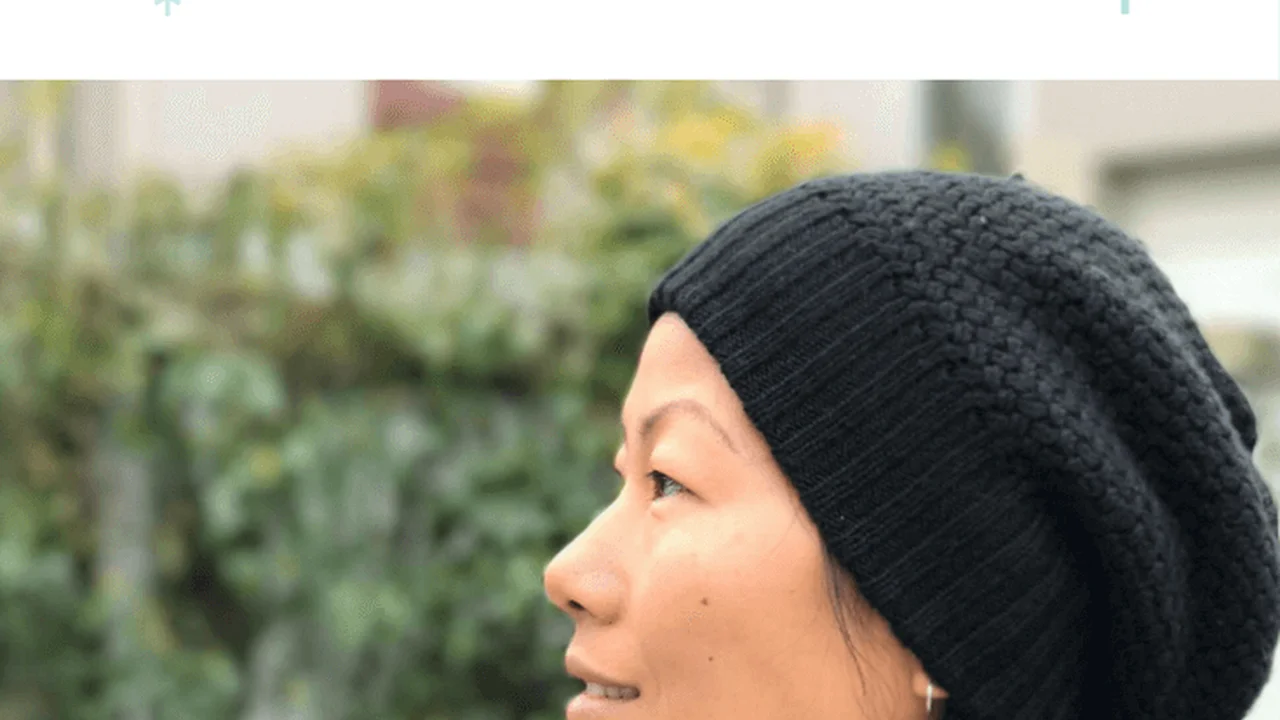
Bobsledding and Luge Experiences Your Ultimate Guide to Winter Thrills
Ever watched the Winter Olympics and thought, "Wow, I wish I could do that!" Well, guess what? You totally can! Bobsledding and luge aren't just for elite athletes anymore. There are incredible opportunities around the world for everyday adventurers like us to experience the sheer speed and G-forces of these incredible sliding sports. Whether you're looking for a heart-pounding ride down an Olympic track or a more controlled, family-friendly introduction, this guide has got you covered. We're going to dive deep into what makes these sports so exhilarating, where you can try them, what to expect, and even some gear recommendations if you get really hooked. So, buckle up, or rather, lie down, because it's going to be a wild ride!
Understanding the Thrill Bobsledding vs Luge Explained
Before we jump onto the ice, let's clarify the two main stars of our show: bobsledding and luge. While both involve sliding down an icy track at incredible speeds, they're quite different in terms of experience and control.
Bobsledding The Team Adrenaline Rush
Bobsledding is all about teamwork and raw power. You'll typically find bobsleds designed for two or four people. The crew pushes the sled at the start, then jumps in, and the pilot steers the sled down the track, navigating high-banked turns and straightaways. The speeds are insane, often exceeding 80 miles per hour (130 km/h), and the G-forces can be intense, pushing you deep into your seat. It's a full-body experience, loud, fast, and incredibly exhilarating. For recreational rides, you'll usually be with a professional pilot, so you can just hold on and enjoy the ride.
Luge The Solo Speed Demon
Luge, on the other hand, is a solo sport, where you lie on your back, feet first, on a small sled. Control is achieved by shifting your body weight and using your calves to steer. It's often considered the fastest of the sliding sports, with athletes reaching speeds over 90 miles per hour (145 km/h) and experiencing even higher G-forces than bobsledding. While professional luge is incredibly precise and demanding, many recreational tracks offer a more controlled, yet still thrilling, experience. You might be on a slightly modified sled or a track designed for public use, allowing you to get a taste of the speed without the extreme technical demands.
Where to Experience the Rush Top Bobsled and Luge Tracks for Public Rides
Ready to give it a go? Here are some of the most famous and accessible bobsled and luge tracks around the world that offer public rides. Keep in mind that availability can vary by season and demand, so always check their official websites for the most up-to-date information and booking details.
North America Iconic Olympic Venues
Lake Placid New York USA
Home to the 1932 and 1980 Winter Olympics, Lake Placid's Olympic Sports Complex is a legendary venue. Their bobsled experience is incredibly popular. You'll ride with a professional driver and brakeman, hitting speeds of up to 50-60 mph (80-95 km/h) on a portion of the actual Olympic track. It's a fantastic introduction to the sport, offering a real sense of the speed and G-forces without being overwhelming. They also offer a skeleton experience, where you go headfirst, which is another level of thrill! Prices for the bobsled experience typically range from $125 to $150 per person, including a photo and certificate. The skeleton experience is usually a bit more, around $150-$175. They operate primarily in winter, from December to March, weather permitting.
Park City Utah USA
The Utah Olympic Park in Park City, site of the 2002 Winter Olympics, offers both bobsled and Comet Bobsled rides. The bobsled experience here is also with a professional pilot, reaching speeds of up to 70 mph (110 km/h) on the actual Olympic track. It's a longer, more intense ride than Lake Placid, making it perfect for adrenaline junkies. The Comet Bobsled is a wheeled bobsled that operates in the summer, offering a similar thrill on a concrete track. Winter bobsled rides are usually around $195-$225 per person. Summer Comet Bobsled rides are slightly less, around $75-$95. Winter operations run from December to March, and summer from May to September.
Whistler British Columbia Canada
The Whistler Sliding Centre, built for the 2010 Vancouver Winter Olympics, is another world-class facility. They offer both bobsled and public luge experiences. The bobsled ride, with a trained pilot, can reach speeds of up to 78 mph (125 km/h) and is known for its thrilling turns. The public luge is a unique opportunity to try luge on a modified track, allowing you to control your own sled at a more manageable speed, typically up to 30 mph (50 km/h). Bobsled rides are usually around CAD 199-229 per person. Public luge is around CAD 39-49 per ride. Winter season runs from December to March.
Europe The Cradle of Sliding Sports
Igls Innsbruck Austria
The Olympic Sliding Centre in Igls, near Innsbruck, has hosted multiple Winter Olympics and World Championships. They offer guest bobsled rides with a professional pilot, providing a taste of the high-speed action on a historic track. Speeds can reach up to 60-70 mph (95-110 km/h). Prices are typically around EUR 90-110 per person. Operations are usually from December to March.
La Plagne France
The La Plagne bobsleigh track, built for the 1992 Albertville Olympics, is unique because it offers three different types of public rides: the Bob Raft, the Speed Luge, and the Bob Racing. The Bob Raft is the most accessible, a self-steering, self-braking bobsled that's perfect for families, reaching speeds of about 50 mph (80 km/h). The Speed Luge is a solo experience where you lie on your back, similar to luge, but with a more controlled sled, hitting speeds up to 55 mph (90 km/h). The Bob Racing is the closest to the professional experience, with a pilot, reaching speeds over 70 mph (110 km/h). Prices vary by experience: Bob Raft around EUR 45-55, Speed Luge around EUR 35-45, and Bob Racing around EUR 120-140. Open from December to March.
Winterberg Germany
The VELTINS-EisArena in Winterberg is a regular stop on the World Cup circuit. They offer guest bobsled rides with a professional pilot, providing a thrilling experience on a fast and challenging track. Speeds can reach up to 75 mph (120 km/h). Prices are typically around EUR 100-120 per person. Season runs from November to March.
Asia Emerging Winter Sports Hubs
PyeongChang South Korea
The Alpensia Sliding Centre, built for the 2018 PyeongChang Winter Olympics, is a state-of-the-art facility. While public bobsled rides might be less frequent than in North America or Europe due to its primary use for training, they do occasionally offer experiences. It's worth checking their official website or local tourism boards for availability. When offered, expect a high-quality, thrilling ride on an Olympic-standard track. Prices would likely be comparable to other Olympic venues, around KRW 150,000-200,000. Operations are typically December to March.
What to Expect Your First Time on the Ice
So, you've booked your ride! What happens next? Here's a general rundown of what you can expect on your bobsled or luge adventure.
Arrival and Briefing
You'll typically arrive at the sliding center and check in. There will be a safety briefing where instructors explain the basics of the ride, what to do (mostly, hold on tight!), and what not to do. They'll cover safety protocols and answer any questions you might have. This is also where you'll sign waivers, so make sure you understand everything.
Gear Up
You'll be provided with a helmet, and sometimes a special suit or protective padding, depending on the venue and type of ride. It's crucial to wear warm, layered clothing, as you'll be out in the cold. Think ski jackets, snow pants, gloves, and warm socks. Closed-toe shoes are a must.
The Ride Itself
For bobsled, you'll be seated in the sled, usually with a professional driver in front and a brakeman behind. You'll get a push-off, and then it's pure speed and G-forces as you hurtle down the track. The turns are exhilarating, pushing you into the sled. For luge, you'll lie on your back, and depending on the public experience, you might have some basic steering control or simply be guided down a gentler section of the track. The ride is usually quite short, often less than a minute, but it feels like an eternity of pure adrenaline!
After the Ride
Once you reach the bottom, you'll be helped out of the sled. Many venues offer a photo or video package of your ride, which is a great souvenir. You'll likely be buzzing with excitement and a huge grin on your face. It's an experience you won't soon forget!
Safety First Essential Tips for a Smooth Ride
While these sports are thrilling, safety is paramount. Here are some key tips to ensure you have a safe and enjoyable experience:
- Listen to Your Instructors: This is the most important rule. The professionals know the track and the sleds inside out. Follow their instructions precisely.
- Dress Appropriately: Layers are key. You'll be exposed to cold temperatures and wind chill.
- Secure Loose Items: Anything not securely fastened can fly out of the sled. Leave phones, wallets, and keys in lockers or with a friend.
- Know Your Limits: If you have any pre-existing medical conditions (heart conditions, back problems, pregnancy, etc.), consult your doctor before participating. Most venues have age, height, and weight restrictions for safety reasons.
- Stay Calm: It's natural to be nervous, but try to relax and enjoy the ride. Tensing up can make the G-forces feel more intense.
Beyond the Ride Getting into Sliding Sports
What if one ride isn't enough? If you're truly bitten by the sliding bug, there are ways to get more involved, even as an amateur.
Introductory Programs and Clinics
Many Olympic sliding centers offer introductory programs or clinics for aspiring bobsledders, lugers, and skeleton athletes. These programs teach you the basics of pushing, steering, and braking in a controlled environment. They're a fantastic way to learn the technical aspects of the sport and see if it's something you want to pursue further.
Local Clubs and Associations
Check if there are any local bobsled or luge clubs in your area, especially if you live near a track. These clubs often welcome new members and provide coaching and equipment. It's a great way to connect with other enthusiasts and progress your skills.
Gear for Aspiring Sliders
If you're serious about getting into sliding sports, you'll eventually need your own gear. Here's a quick look at some essential items, keeping in mind that specialized sleds are usually provided by clubs or tracks for beginners.
Helmets The Ultimate Head Protection
A specialized sliding helmet is crucial. These are designed to withstand high impacts and provide aerodynamic efficiency. They often feature integrated visors for clear vision. Brands like Uvex and POC are popular in the professional circuit. For example, the Uvex Race+ Helmet (approx. $300-$500) is a top-tier choice, offering excellent protection and ventilation. For a more budget-friendly option for training, a good quality downhill ski racing helmet like the POC Skull Orbic X SPIN (approx. $200-$350) can sometimes suffice, but always check with your coach or track regulations.
Sliding Suits Aerodynamics and Warmth
These are tight-fitting, aerodynamic suits designed to reduce drag. They're often made of specialized materials that offer warmth without bulk. Brands like Kappasport and Under Armour produce high-performance sliding suits. A custom-fitted suit can cost anywhere from $500 to $1500, depending on the material and customization. For beginners, a good quality base layer and a tight-fitting athletic jacket and pants will often suffice for initial training.
Spikes and Shoes For the Push Start
Bobsledders wear specialized shoes with spikes on the soles to get maximum grip during the push start. These are highly specialized and can cost $200-$400. Brands like Adidas and Nike produce these for elite athletes. For luge, specialized shoes are also used for steering. For recreational rides, your regular winter boots will be fine.
Gloves Grip and Protection
You'll need durable gloves that offer good grip and protection from the cold and ice. For bobsled, gloves with reinforced palms are common. For luge, thinner, more tactile gloves are preferred for steering. Brands like Hestra or Black Diamond offer excellent winter sports gloves that can be adapted for training, ranging from $80-$200.
Sleds The Big Investment
This is where it gets serious. A competitive bobsled can cost tens of thousands of dollars, and a luge sled can be several thousand. These are highly engineered pieces of equipment. For recreational or introductory programs, sleds are almost always provided by the track or club. You won't be buying your own sled for your first public ride, that's for sure!
The Future of Sliding Sports Innovation and Accessibility
The world of bobsledding and luge is constantly evolving. Engineers are always looking for ways to make sleds faster and safer, using advanced materials and aerodynamic designs. There's also a growing push to make these sports more accessible to the public, with more tracks offering guest rides and introductory programs. This means more opportunities for you to experience the thrill of sliding down an icy track at incredible speeds.
So, whether you're a seasoned winter sports enthusiast or just looking for a unique adrenaline rush, bobsledding and luge offer an unforgettable experience. It's a chance to step into the shoes (or rather, the sled) of an Olympian and feel the incredible power and speed of these amazing sports. Don't just watch it on TV; go out and try it for yourself!
:max_bytes(150000):strip_icc()/277019-baked-pork-chops-with-cream-of-mushroom-soup-DDMFS-beauty-4x3-BG-7505-5762b731cf30447d9cbbbbbf387beafa.jpg)






